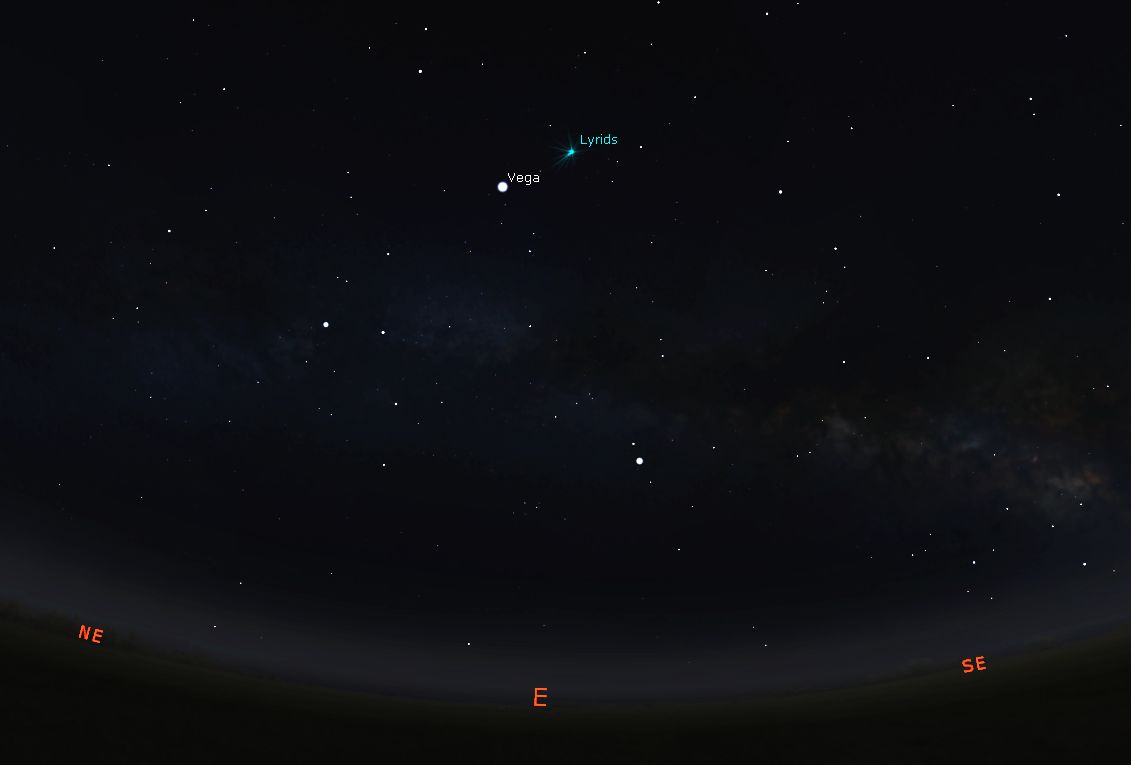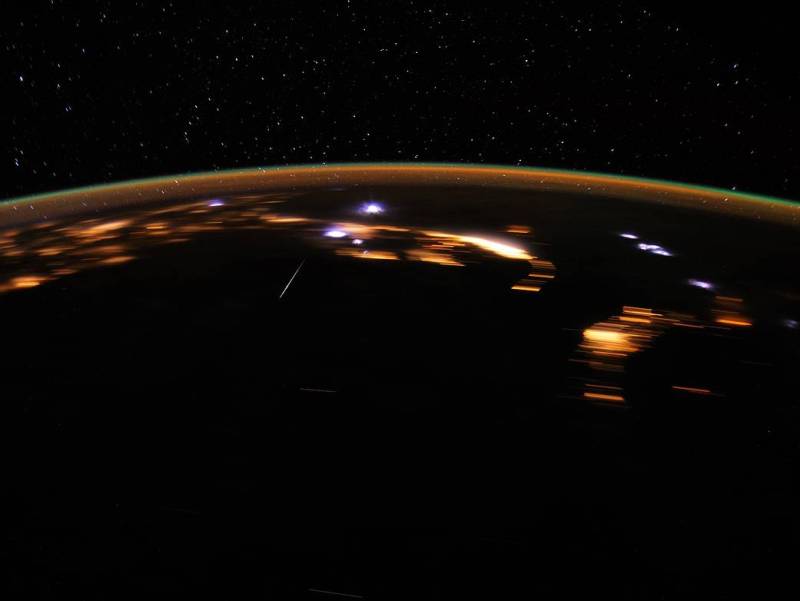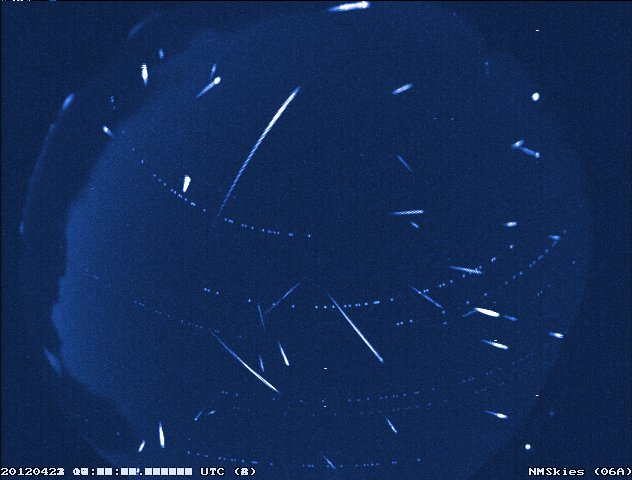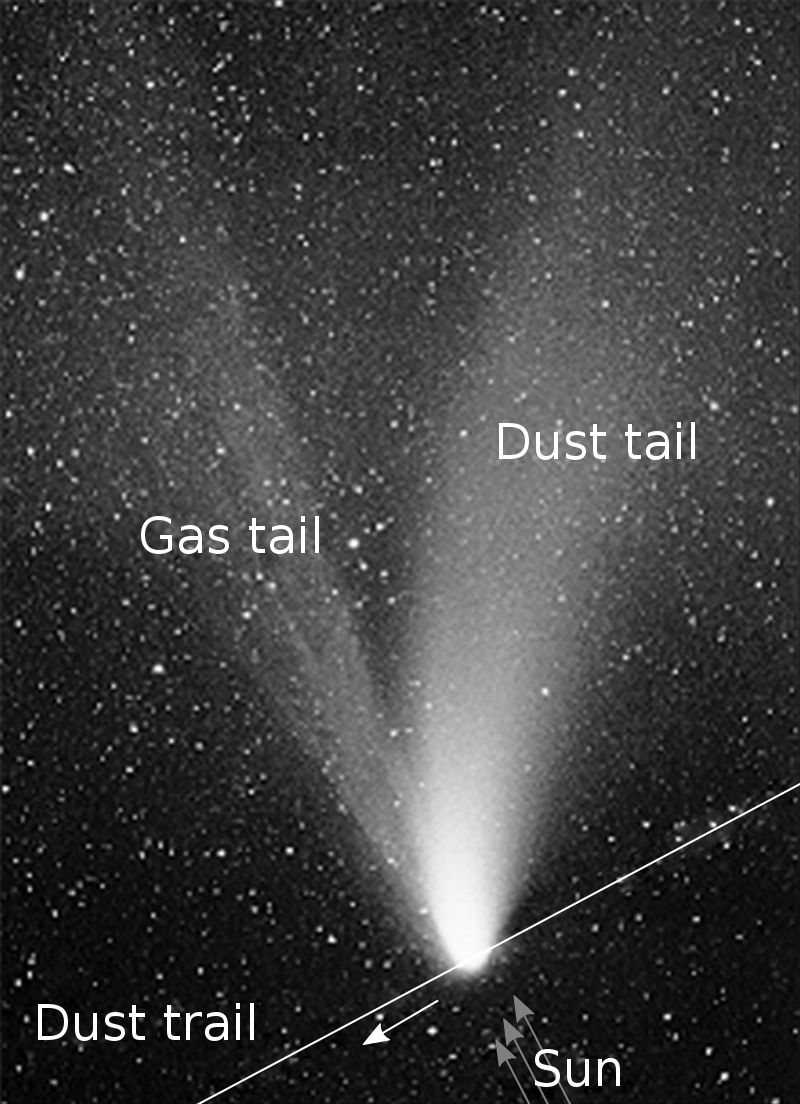A month into spring, something more than flowers are popping up — or down — meteors! Like pale night-blooming petals falling from a celestial tree, the annual Lyrids meteor shower will cascade over our heads from late evening on April 21 through early morning on Saturday, April 22.
Here’s how to see the meteors
The best time to watch for Lyrids meteors is after midnight on the morning of Saturday, April 22. At this time, the area of the sky the meteors appear to streak from, in the constellation Lyra, is rising in the east, and by 2 a.m. will be positioned high in the southeast.

Find a place with a good view of the southeastern sky, as far from city lights as possible, and center your sight on the star Vega, the brightest in Lyra and one of the brightest stars of the night sky.
Now, watch and wait — and pay attention to your peripheral vision.
Even though the meteors’ point of origin is in Lyra, the meteors can appear anywhere in the sky. In fact, the meteor trails will be longer and more visible the farther they are from their “radiant point” in Lyra since you’re looking at them from the side instead of head-on. The Lyrids shower produces up to 18 meteors per hour around its peak of activity, under good seeing conditions and dark, clear skies. The moon won’t be in the sky, only three days past its new phase, so moonlight will not interfere.



